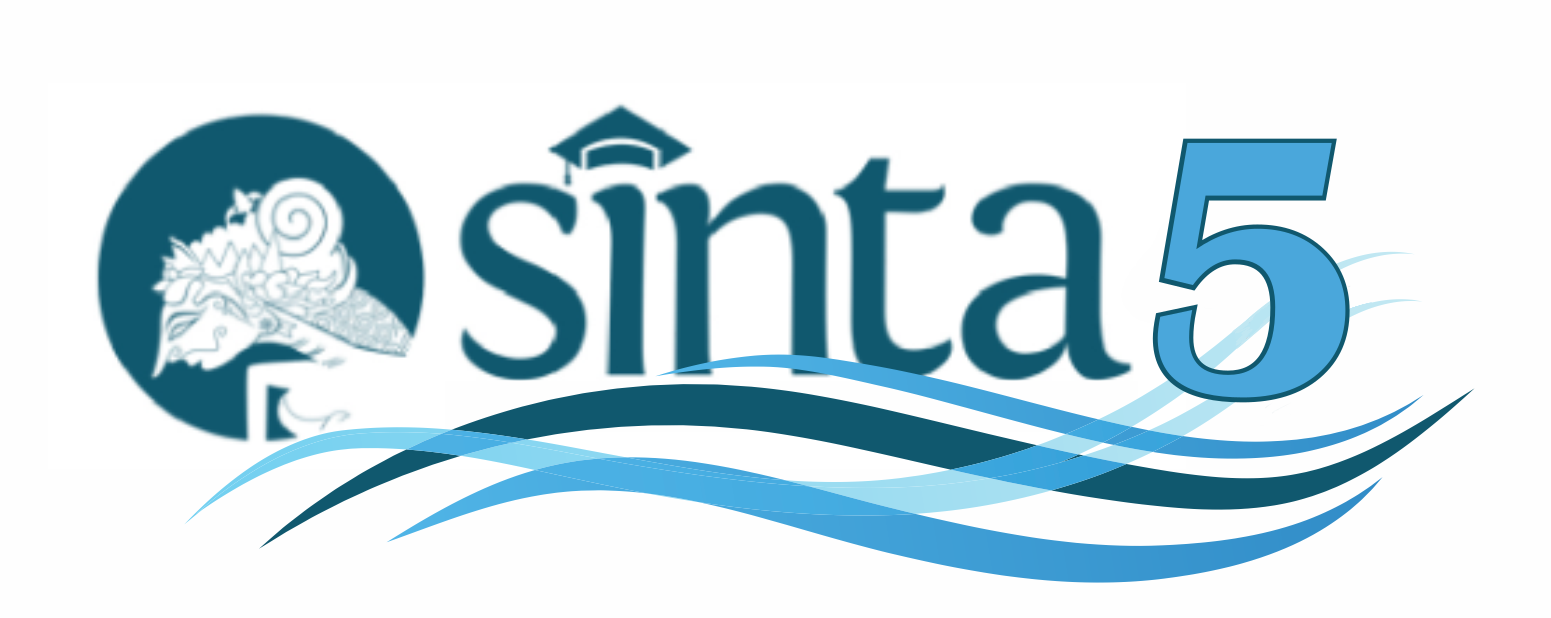Analisa Tutupan dan Indeks Mortalitas Terumbu Karang di Perairan Pasir Tiga Kelurahan Tanjung Ria Kota Jayapura
DOI:
https://doi.org/10.31957/acr.v4i1.1750Abstract
Coral reef is one of the important ecosystems that are beneficial for the stability            of marine ecological conditions as habitat, spawning ground, feeding ground, shelter for various marine biota, and abrasion protection from wave strikes. Pasir Tiga waters is one of the water bodies in Pasir Tiga, Tanjung Ria, Jayapura city, the Province of Papua is inhabited by a variety of marine biota, one of which is coral reef. Nevertheless, the area is remote from the human residence, fishermen often practice unfriendly fishing activities, so that most coral reef ecosystems are damaged. This study was aimed at knowing the percent cover of live corals and mortality index in Pasir Tiga waters, Tanjung Ria, Jayapura city. It was carried out in August to October 2018. There stations were selected based on the presence of coral reefs and data collections used Line Intercept Transect (LIT) method at the depth of 6 and 9 m with 25 m long transect line. Results found that coral reefs in Pasir Tiga waters have the lowest cover, 3.6%, in station 1, 8.08% in station 2, and the highest, 11.68% in station 3. The coral reefs in all 3 stations are damaged. The mortality index was 0.80 in station 1, 0.44 in station 2, and 0.01 in station 3.
Key Words: Coral Cover; Coral’s Mortality Index; Line Intercept Transect; Pasir Tiga; Jayapura City
Downloads
References
Amin. 2009. Terumbu karang: aset yang terancam (akar masalah dan alternatif solusi penyelamatannya). Region, 1(2), 1-12.
Burke, L., Reytar, K., Spalding, M., and Perry, A. 2012. Menengok Kembali Terumbu Karang yang Terancam di Segitiga Terumbu Karang. Jakarta: World Resources Institute.
Dahuri, R. 2003. Keanekaragaman Hayati Laut. Aset Pembangunan Berkelanjutan Indonesia. Jakarta: PT Gramedia Pustaka Utama.
Dianastuty, H., Agus, T. dan Sri, S. 2016. Hasil Penelitian Perikanan dan Kelautan. Prosiding Seminar Nasional Tahunan Ke V. Universitas Padjajaran. Bandung.
English, S.C, Wilkinson, C. and Baker, V. 1997. Survey Manual for Tropical Marine Resources. Townsville: Australian Institute of Marine Science.
Fachrul, M.F. 2008. Metode Sampling Bioekologi. Jakarta: Bumi Aksara.
Gomez, E.D. and Yap, H.T. 1998. Monitoring Reef Condition. In: Kenchington, R.A. and Hudson, B.E.T. (eds). Coral Reef Management Hand Book. UNESCO, Regional Office for Science and Technology for South East Asia. Jakarta.
Jompa, J. and McCook, L.J. 2002. Effects of competition and herbivory on interactionts between a hard coral and a brown alga. Journal of Experimental Marine Biology and Ecology, 271(202), 25-39.
Reid, C., Marshall, J., Logan, D. and Klein, D. 2009. Coral Reef and Climate Change. Australia: The University of Queensland.
Tomascik, T., Moosa, M.K., Nontji, A. and Mah, A.J. 1997. The Ecology of the Indonesian Seas. Part II. The Ecology of Indonesia Series Vol. VIII. Hongkong: Periplus Edition.
Zurba, N. 2018. Pengenalan Terumbu Karang Sebagai Pondasi Utama Laut Kita. Lhokseumawe: Unimal Press.
Downloads
Published
Issue
Section
License
Authors who publish with this journal agree to the following terms:
- Authors retain copyright and grant the journal right of first publication with the work simultaneously
licensed under a Creative Commons Attribution-NonCommercial-ShareAlike 4.0 International License
that allows others to share the work with an acknowledgement of the work's authorship and initial
publication in this journal. - Authors are able to enter into separate, additional contractual arrangements for the non-exclusive
distribution of the journal's published version of the work (e.g., post it to an institutional repository
or publish it in a book), with an acknowledgement of its initial publication in this journal. - Authors are permitted and encouraged to post their work online (e.g., in institutional repositories or
on their website) prior to and during the submission process, as it can lead to productive exchanges,
as well as earlier and greater citation of published work (See The Effect of Open Access).




















